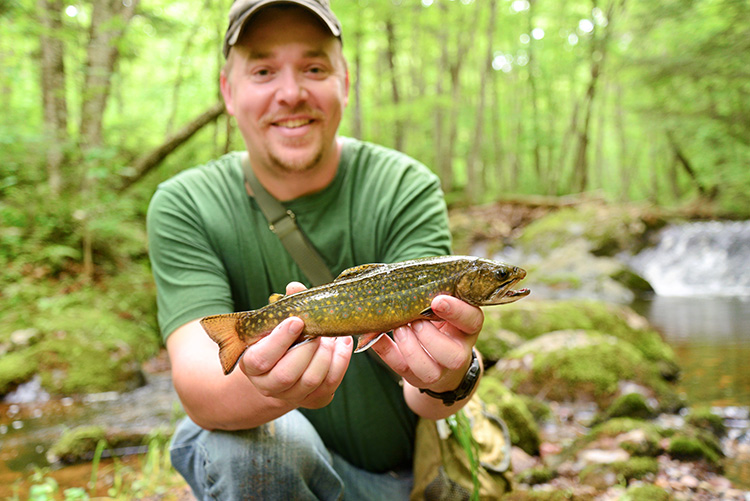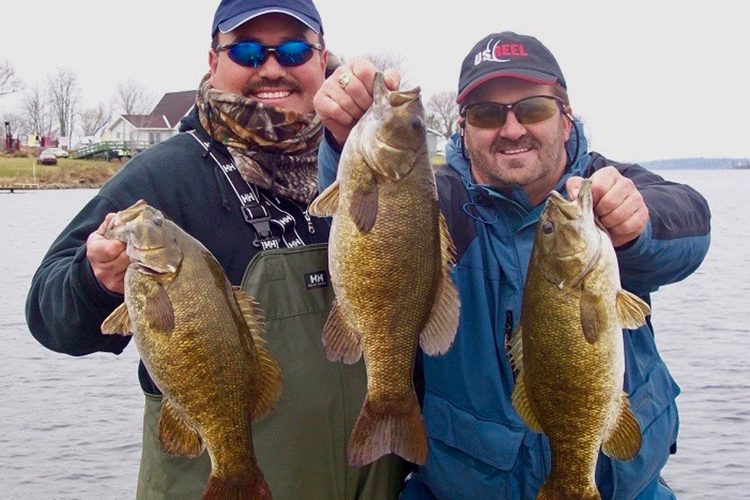Stand-Up Paddleboarding (SUP) is the fastest growing watersport in the world for good reason: It’s easy to learn, fun, refreshing, awesome core exercise and SUP gets you out in the Great Outdoors. Plus, since you’re standing, stand-up paddleboarding provides a great perspective for seeing fish, wildlife, scenery and more. Here are a few tips to get you up and paddling like a pro, even if you’ve never tried SUP before.
Use the map on this page to find an outfitter, rental operation or paddling club in your area. If there’s water nearby, chances are you’ll find some SUPs available. Try renting or borrowing a board first before investing in your own to assess the different paddleboard styles.
Before you head out, at the minimum you’ll need a board, paddle and PFD (personal flotation device).
Your board choice is determined by your weight, skill, intended use and conditions. There are a multitude of makes to choose from, including boards designed for racing, downwind paddling, surfing, lake paddling, river use and even yoga. Determining where you’ll use your paddleboard will help you decide your board type.
In general, hardshells (fiberglass, plastic or composite) are better for surfing and longer tours, while inflatables are better for river use (and/or shorter tours) due to their durability. Inflatables are also easier to store since they roll up.
Your paddle is more or less an elongated canoe paddle, oftentimes with the blade angling forward (note: make sure the blade is angled forward, not backward; this keeps it vertical longer during your stroke, which provides more power).
To determine the right paddle length, extend your hand over your head; the paddle should come to your wrist for touring, and slightly below for surfing or river use. Paddles come in a variety of materials, from high-end fiberglass and composites to less expensive plastic. Or try a new feels-good-in-your-palm bamboo paddle from Grass Sticks.
Technically, SUPs are classified as “vessels” by the U.S. Coast Guard. This means you have to have a PFD on board (exceptions include when surfing or within established swimming zones). Some, like the MTI SUP Safety Belt, deploy via a water-activated CO2 cylinder and can be worn around the waist. Play it safe and bring one (especially for kids) at all times; when not in use, you can stash it underneath deck rigging on the bow.
Quick Tips:
- Choose a small, calm body of water your first time out.
- Start someplace shallow where you can wade in before launching.
- Beware the wind! If there’s a breeze, head upwind first so you can return home easily.
- Go with a partner.
Paddleboard leashes come in a variety of styles, tethering your SUP to you for safety in case you fall off. Some (i.e. surf) attach to your ankle while others (i.e. river) are designed to clip onto your PFD with a quick-release feature in case you need to detach in a hurry. Purchase the correct one for your intended use. Note: They’re a great safety feature if it’s windy, as a breeze can quickly separate you from your board in event of a fall.
Wear clothing suitable for the conditions you’re going to be paddling in. In summer at warm water locales, a swimsuit/rash guard/board shorts will suffice. For colder conditions, wear a wetsuit or dry suit.
For footwear, you can go barefoot if it’s sandy; if it’s rocky or reefy, wear wetsuit booties or river sandals (not flip-flops). Also, wear sunscreen/sunhat; a retainer system for your sunglasses (trust us); and a water bottle to stay hydrated if you’re going to be out longer than an hour. Other safety items can include a whistle and light in case you get separated from your SUP.

Unlike surfing, you’ll likely get up the first time on a SUP, which is why they’re so popular. Here are a few tips to get you up and paddling:
- Stand to the board’s side in knee-deep water (beware the fins hitting bottom).
- Grab the board by the edges and kneel at its center point (marked by the carrying handle).
- With hands along the sides, stand up one foot at a time, slightly behind the center point.
- Keep your feet parallel and about shoulder-width apart, with your toes pointed forward and knees slightly bent. Note: some people like to stagger their stance, placing their dominant foot slightly behind (aft) of the other.
- Look straight ahead instead of down.
- When paddling on the right, place your left hand on the T-grip and your right hand about even with your elbow height down on the shaft. Reverse these positions on the opposite side.
Everyone falls; it’s part of the fun. When (not if) it happens, try to fall flat into the water and not onto your board, and hold onto your paddle (note: you can drop to your knees to prevent a fall). To get back on, align yourself with the board’s center, grab the handle and kick your legs while pulling yourself back on.
- Forward: Reach forward and plant your paddle in the water near the bow and pull the blade sternward, keeping your arms straight, pushing with your top hand and twisting your torso to use your core muscles (note: stop your stroke when the blade reaches your feet). Some people employ a slight draw stroke at the beginning of the forward stroke (pulling the blade toward the boat) to counteract turning. Otherwise, switch to the opposite side after a few strokes to go straight.
- Reverse: Useful for turning, slowing down and backing up, reverse the motions of the forward stroke, planting the blade behind you, still keeping your arms straight.
- Sweep: This is used for turning your board. After planting your paddle forward, move the blade in a wide “C” or arcing motion from the front to the back, rotating your torso. Sweeping on the right side will turn the board to the left and vice versa.

Related Articles that may interest you:
How To Get Started In The Paddlesports
7 Simple Rules Every Paddler Should Know
10 Essential Pieces Of Gear For Paddle-Sports Beginners









